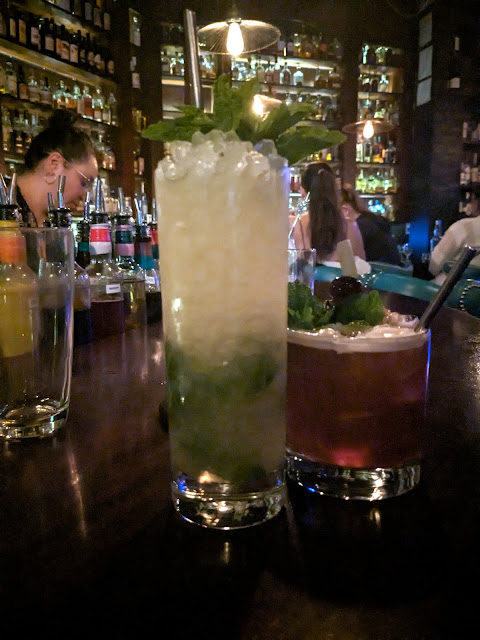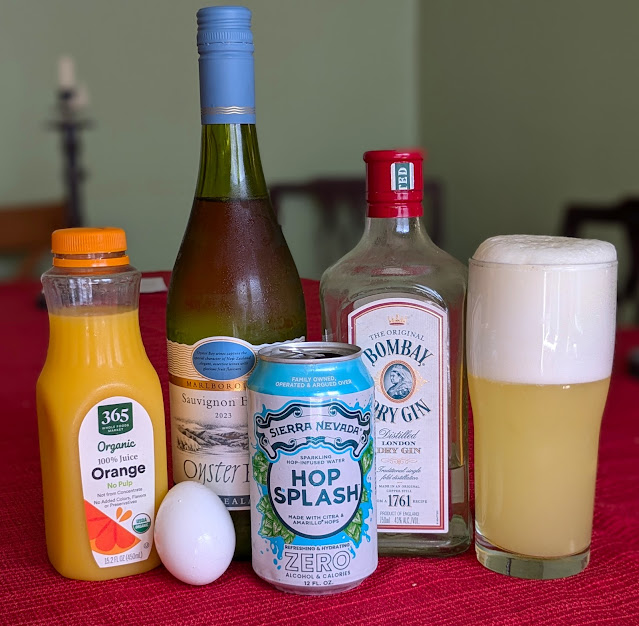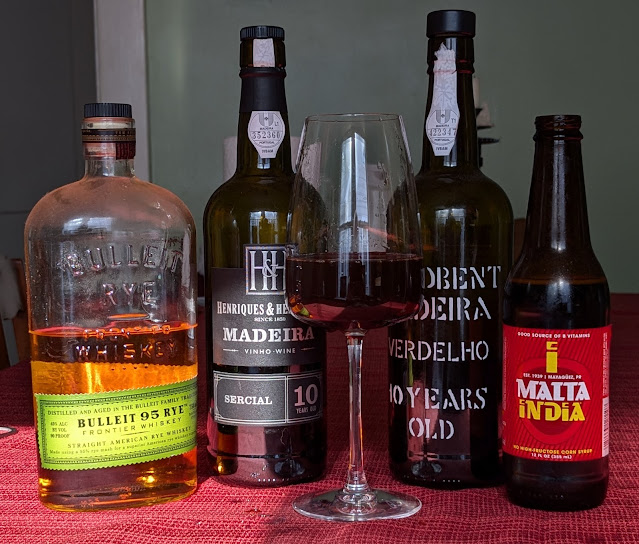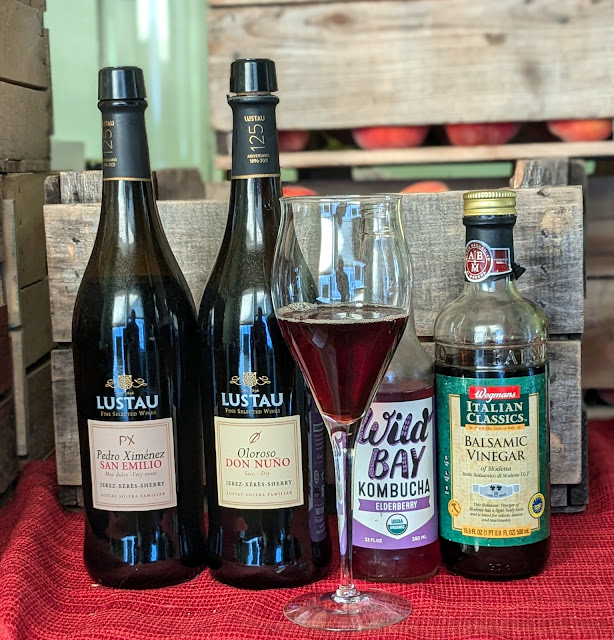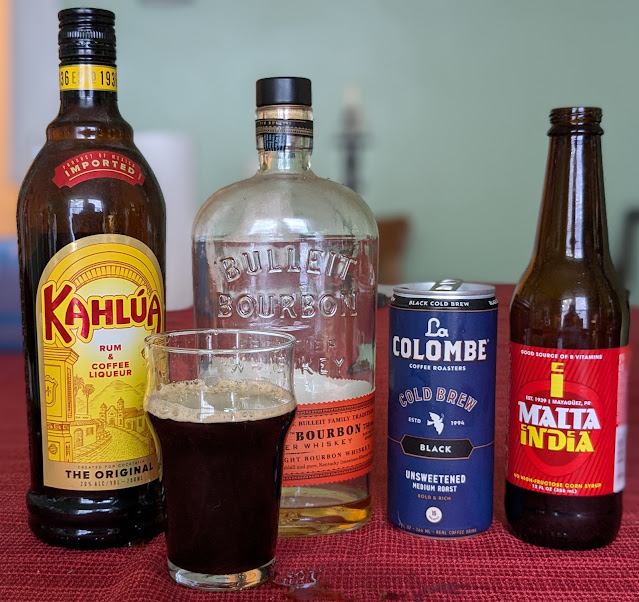styles
While women are currently a minority in the homebrewing community, they are increasingly taking on leadership roles and becoming the most outspoken proponents of the hobby.
The post Can Women Save Homebrewing? appeared first on CraftBeer.com.
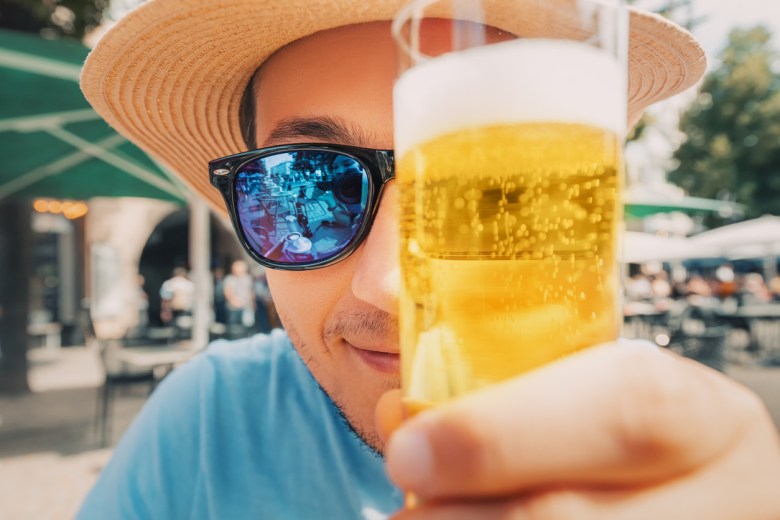 One of the classic styles, and one of the most fabulous beers steeped in history, Kölsch is often underrated and overlooked.
One of the classic styles, and one of the most fabulous beers steeped in history, Kölsch is often underrated and overlooked.  John Keske, President of Melbourne Brewers, has been kind enough to share this mouthwatering recipe of his award winning Kölsch.
John Keske, President of Melbourne Brewers, has been kind enough to share this mouthwatering recipe of his award winning Kölsch.  John Keske, President of Melbourne Brewers, has been kind enough to share this mouthwatering recipe of his award winning Kölsch.
John Keske, President of Melbourne Brewers, has been kind enough to share this mouthwatering recipe of his award winning Kölsch. Don't call it a comeback: Detroit's vibrant craft beer scene mirrors the city's own renaissance.
The post Celebrating Detroit’s Craft Beer History appeared first on CraftBeer.com.
Your chicken deserves better.
The post Beer Can Chicken, But Make it Craft appeared first on CraftBeer.com.
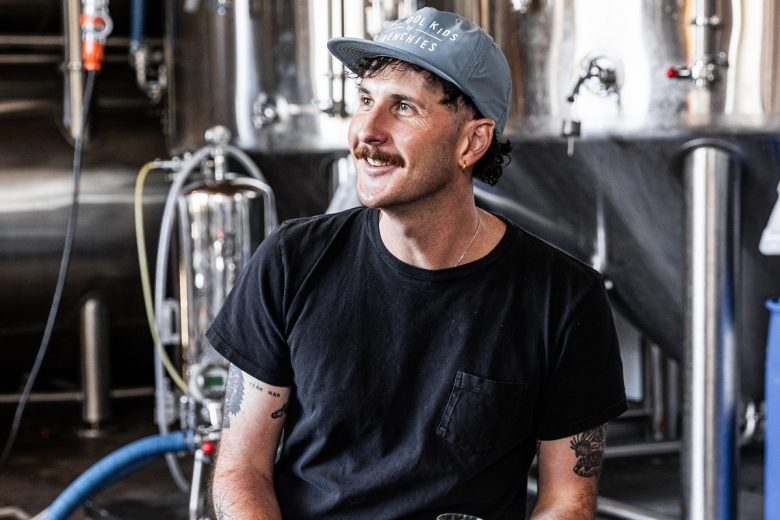 Frenchies Brewery Head Brewer Sam McDonough spoke to Beer & Brewer about his decade in the industry, working with some of Australia’s most well-known craft breweries.
Frenchies Brewery Head Brewer Sam McDonough spoke to Beer & Brewer about his decade in the industry, working with some of Australia’s most well-known craft breweries. As someone with a "beer-centric" palate, it is often difficult for me to find cocktails that I enjoy. When I go to a cocktail bar and order something that sounds interesting, the flavors are often overwhelmingly concentrated, and the balance tends to be either super-sweet or super-boozy. The 20-30+% ABV of most cocktails also makes them rough to drink at the same rate you would a beer...
So, I thought it would be interesting to invent a few cocktails inspired by the balance and flavors of some of my favorite beer styles. If you want to drink something that tastes exactly like a beer… drink a beer! These cocktails are “inspired” by the flavors in the style and the overall balance of the style in terms of alcohol-bitterness-sweetness, they aren’t meant to be “ringers” for drinking a given beer. I'm also trying to avoid "uncommon" ingredients... although some of these may take a little searching at a specialty grocery/liquor store or online.
I’m not an experienced bartender or mixologist, if you try one of these let me know what you think and if you have any suggestions!
Ramos Gin Fizz... Hazy IPA
Gin and Tonic is my standard cocktail order because it isn't too strong or too sweet, and the bitter/herbal notes are something I appreciate. I also find Ramos GIn Fizz to be a fun one, with the added body of an egg white and cream, and more citrus from lemon juice and orange blossom water. In this "Hazy IPA" inspired riff, I swapped out the tonic for aromatic hop water. To replace the malt sweetness and enhance the juicy flavors from the hops I added orange juice. To keep it from being too one-note orange, I added New Zealand Sauvignon Blanc, which contains high concentrations of many of the aromatics produced by Thiolized yeast and found in New Zealand hops. An egg white helps to add haze, foam, and body.
Recipe
In a shaker, combine:
1.5 oz Bombay Dry Gin
1.25 oz Orange Juice
1.25 oz Oyster Bay Sauvignon Blanc
1 Egg White
Dry shake 10 seconds
Pour into a glass, then top-up with:
6 oz Hop Water
6.7 % ABV
Ingredient Notes: The Hop Water you choose is up to you. I've enjoyed the ones from breweries as well as places like Hoplark. You can also make your own with carbonated water and some hop terpenes (I like the ones from Abstrax). Use pasteurized egg white if you are worried about the risk of salmonella. If you don't like orange, try mango or another juice that appeals to you.
Tasting Notes
Smell - Winey tropical-citrus. Slight herbal from the hops and gin. Doesn't read obviously juniper.
Appearance - Very pale, very hazy. Great sticky head.
Taste - Pleasantly sweet. Good balance of the juice and wine, without either dominating. The gin provides some depth, but again not overtly gin-y. The hop water brings herbal complexity without dominating the other ingredients with "hops."
Mouthfeel - Medium-light body, light carbonation.
Drinkability - Light and bright, citrusy.
Changes for Next Time - Certainly could add a few drops of hop terpenes if you want to send it more hoppy. Some hopped bitters could be a nice addition if you like a little more bitterness.
The Charleston... Rye Barrel English Barleywine
Thanks to Audrey, I've really come to enjoy fortified wines like Port, Sherry, and especially Madeira. It's traditionally made by halting fermentation with an addition of brandy to preserve the sweetness of the wine, then aged at elevated temperatures. The result is a like a concentrated barrel-aged English barleywine, woody, with dried fruit, and pleasant oxidative notes. I added Rye Whiskey to elevate the vanilla notes. Malta is essentially unfermented wort, but tends to have big caramel and malt extract notes from pasteurization. It helps by lowering the alcohol without thinning the cocktail, adding a little carbonation.
Recipe
Combine together:
.5 oz Bulleit Rye (95 Proof)
1 oz Broadbent 10 Year Verdelho Madeira
1 oz H&H 10 Year Sercial Madeira
Stir, then top with:
2 oz Malta India (or Malta Goya)
14.0% ABV
Ingredient Notes: Madeira comes in various sweetness levels, the really sweet ones are too sugary for my tastes in this. Sercial is the driest and Verdelho is off-dry, but find ones that work for your palate.
Tasting Notes
Smell - The vanilla/oak of the rye leads. Rich dried fruit behind it. There is some maltiness there, but definitely tastes like a really aged-out barleywine without any fresh graininess. Boozy, hotter than I'd expect from an English barleywine.
Appearance - Deep leathery brown. Good clarity. No head.
Taste - The Maderia really gives it an "aged" character, lots of raisin and date. The Sercial especially gives it a fun oxidative weirdness, and a faint acidity. There is a "sugary" sweetness, along with some alcohol warmth. Subtle bitterness.
Mouthfeel - Almost flat, "barrel sample" generously. Not quite as full as a real barleywine, but not watery or thin by any means.
Drinkability - This is one of the more evocative ones, really has a lot of the flavors you'd expect from a barrel-aged barleywine. It's a little sweet for me, but so are a lot of barleywines.
Changes for Next Time - Wish it had a little more carbonation. Otherwise it really satisfies that English Barleywine itch.
Sherry Shrub... Flemish Sour Red/Oud Bruin
One of the classic inclusions in the microbe blend for Flemish Red/Browns (e.g., Wyeast Roeselare) is Sherry Flor. This oxidative yeast forms the pellicle on sherry and produces the characteristics aldehydes that give sherry a nutty/fruity aroma. Oloroso is more "microbe" forward, funkier, while PX is more sweet and dried fruit (especially raisin). The acidity of the grapes needs a little help to mimic the classic examples of the style, so inspired by shrubs I added both vinegar and kombucha. The blend of sherries, sweetness of the kombucha, and amount of vinegar are all variables you can adjust.
Recipe
Combine together:
.5 oz Lustau Oloroso Sherry
.5 oz Lustau PX Sherry
.25 tsp Balsamic Vinegar
Stir, then top with:
3 oz Wild Bay Elderberry Kombucha
4.6% ABV
Ingredient Notes: The kombucha choice is tricky, a cherry kombucha is a nice choice if you are looking to replicate a fruited version of the style. For my palate I'd avoid those kombucha with stevia or other non-sugar sweeteners. Cream Sherry is a blend of Oloroso and PX and could be a stand-alone replacement (although you the flexibility or tweaking your blend).
Tasting Notes
Smell - Fun mix of red fruit and raisins. A little oak/almond. The elderberry works well compared to some other kombuchas since it isn't as distinct as cherry, strawberry et al. I like the Wild Bay since it doesn't have stevia or other non-sugar sweeteners.
Appearance - Clear, more amber than red. Color is about right. Not much foam.
Taste - Pleasantly sweet. Tart, with just a touch of vinegar. It has a good blend of fresh and dried fruit flavors, plum, fig, raisin etc. A little oaky. Has that classic Belgian Red balance with sugar balancing the acid.
Mouthfeel - Medium body, pleasant low carbonation.
Drinkability - This is a super interesting result for low ABV.
Changes for Next Time - Misses the maltiness of the real version, but it has the fruitiness, acid, oak, age. For a low ABV cocktail it really delivers, with the fermentation of the kombucha helping stretch the Sherry.
Espresso Martini... Coffee Stout
Flavored beers are one of the "easiest" points of entry since they already have big flavors that aren't from malt, hops, or yeast. That said, it seemed like a waste of time to make a smoothie sour cocktail. Coffee stout is still a stout, and seemed like a nice place to work in bourbon since it usually includes some barley and brings big oak aromatics that work well in stouts. A little Malta again provides body, sweetness, and a touch of carbonation.
Recipe
Combine together:
4 oz Cold Brew Coffee
1 oz Kahlua
1 oz Bourbon
Stir, then top with:
2 oz Malta India
7.5% ABV
Ingredient Notes: I should probably have sourced a "better" coffee liquor, but Kahlua is what we had on hand. Homemade cold brew would work just as well, if not better.
Tasting Notes
Smell - Big coffee nose, with some vanilla. It reads caramel malty, but not roasty.
Appearance - Deep brown, with red at the edges when held to the light.
Taste - Has a pleasant sweetness, certainly sweeter than a typical coffee stout thanks to the simple sugars. Nice note of bourbon woody/vanilla in the finish
Mouthfeel - Medium body, light carbonation.
Drinkability - I really like this one, more coffee-focused than a stout usually is, but the other notes round it out.
Changes for Next Time - I think this one straddles the line between traditional coffee stout and pastry stout. A little sugary compared to a classic stout.
Conclusion
This has been fun for me to work on the last couple months. I'll probably make a Part #2 if there is interest... already playing around with a West Coast Grapefruit IPA, Pastry Stout plus plans for Wit, Rauchbier, and Saison!
Shoot me a line if you try any of these out, or if you have suggestions or other ideas!
What's behind the collaborative nature of the global brewing community?
The post Shared Experience: Craft Beer Camaraderie Transcends Borders appeared first on CraftBeer.com.
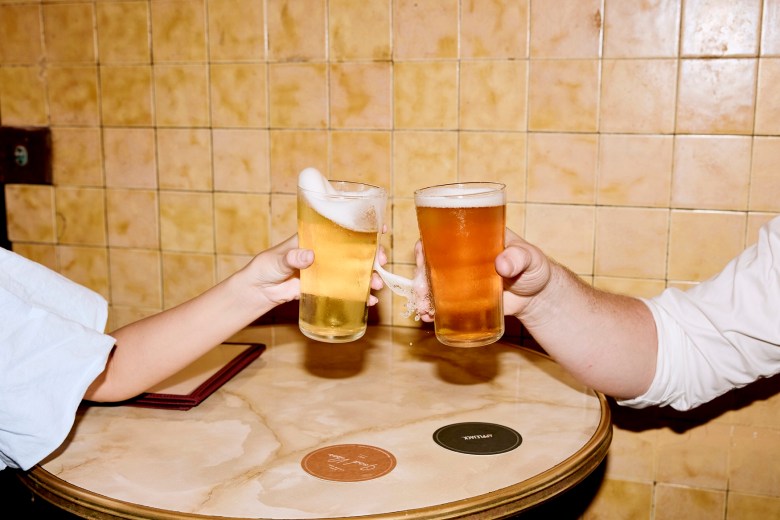 The 2024 financial year was a difficult period for craft beer, but the industry has developed strategies to cope with further challenges.
The 2024 financial year was a difficult period for craft beer, but the industry has developed strategies to cope with further challenges. The market is responding to the growing demand for flavorful, well crafted non-alcohol beer.
The post The NA Way: The Rise of Non-Alcohol Beer appeared first on CraftBeer.com.
 This week I take a look at fermentation considerations when brewing a very high gravity beer such as an Imperial Stout or Barley Wine. Last week in Part 1, I covered several methods for achieving a very high starting gravity. Selecting Your Yeast Now that you have a high gravity wort, you need to consider […]
This week I take a look at fermentation considerations when brewing a very high gravity beer such as an Imperial Stout or Barley Wine. Last week in Part 1, I covered several methods for achieving a very high starting gravity. Selecting Your Yeast Now that you have a high gravity wort, you need to consider […]  Australian Beer Co’s Emma Walton shares lessons and highlights from 20 years of brewing experience across the UK and Australia.
Australian Beer Co’s Emma Walton shares lessons and highlights from 20 years of brewing experience across the UK and Australia.  After a period of review and consultation Lion has made the ‘difficult decision’ to close its Malt Shovel Brewery.
After a period of review and consultation Lion has made the ‘difficult decision’ to close its Malt Shovel Brewery.  This week I take a look at the brewing of very high gravity beers to include styles like Barley Wines and extreme Imperial Stouts. These beers require somewhat special handling as it can be hard to achieve the very high starting gravity and a good fermentation, and in addition they often require extensive aging. Very […]
This week I take a look at the brewing of very high gravity beers to include styles like Barley Wines and extreme Imperial Stouts. These beers require somewhat special handling as it can be hard to achieve the very high starting gravity and a good fermentation, and in addition they often require extensive aging. Very […] Outer Range Brewing Co. is renowned for its IPAs and outdoor spirit. It was no surprise when its founders decided to open another brewery—but choosing to do it in the French Alps made quite the impression.
The post French Twist: Colorado’s Outer Range Opens Outpost in Alps appeared first on CraftBeer.com.
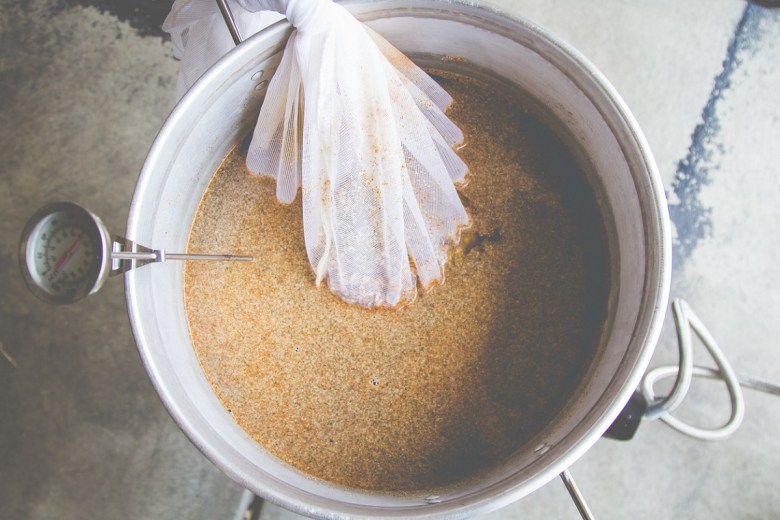 The two-stage competition will allow finalist homebrewers to collaborate with commercial breweries on their competition brew.
The two-stage competition will allow finalist homebrewers to collaborate with commercial breweries on their competition brew. 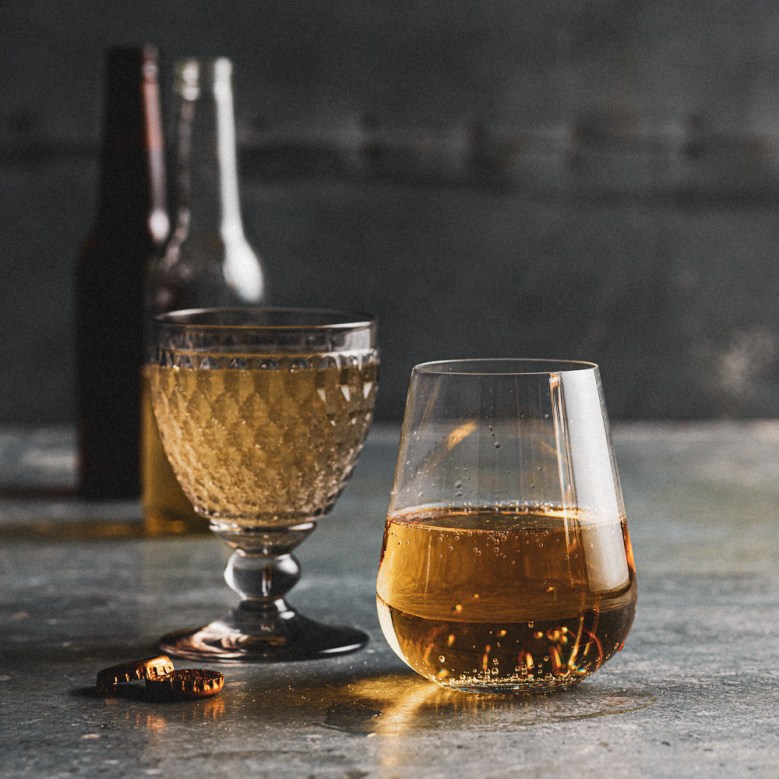 In a landmark change for the Sydney Royal Beer & Cider Show, the Royal Agricultural Society of NSW has unveiled a revamped award structure for 2024, featuring nine new major trophies and prizes.
In a landmark change for the Sydney Royal Beer & Cider Show, the Royal Agricultural Society of NSW has unveiled a revamped award structure for 2024, featuring nine new major trophies and prizes. A new wave of Asian American brewers is putting their heritage at the heart of their craft.
The post Redefining Craft Beer: Asian Americans Brewing Up Heritage appeared first on CraftBeer.com.
To be a part of the craft beer scene in New Orleans is to be a part of the city’s vibrant culture of culinary delights, thoughtful drinks, deeply rooted music traditions, and an emphasis on socializing within the community.
The post Beer in a Cocktail Town: How Craft Breweries Have Enriched NOLA appeared first on CraftBeer.com.
- 1
- 2
- 3
- 4
- Next Page »
